
In Tokyo, there are cities known for shopping. Shibuya area is known to attract the teen to 20s demographic, omotesando shopping district in Shibuya for those who are in their 20’s through 40’s.
But there is one city known for attracting major luxury brand shoppers and the shopping district is Ginza. Upscale, classy and expensive.
From BURBERRY, Louis Vuitton, Hermes, CHANEL, BVLGARI, Harry Winston, Tiffany & Co., to name a few.
And this is where many will find prime dining, especially the world renown Jiro’s Sushi and more.

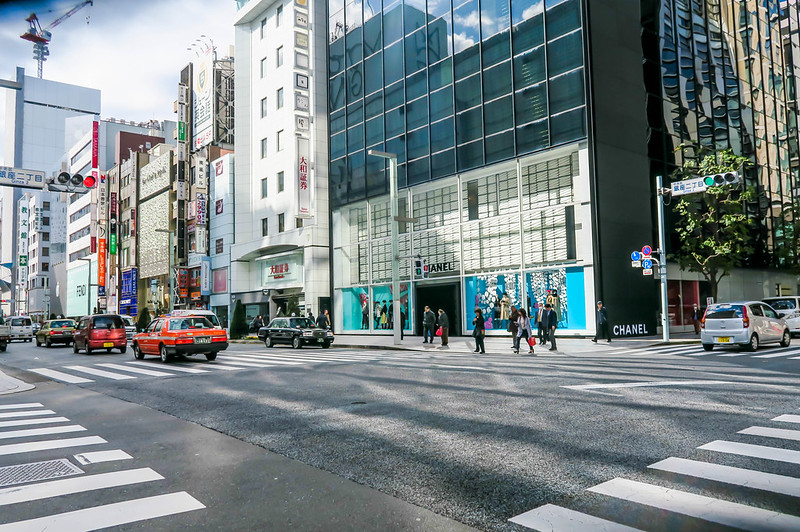
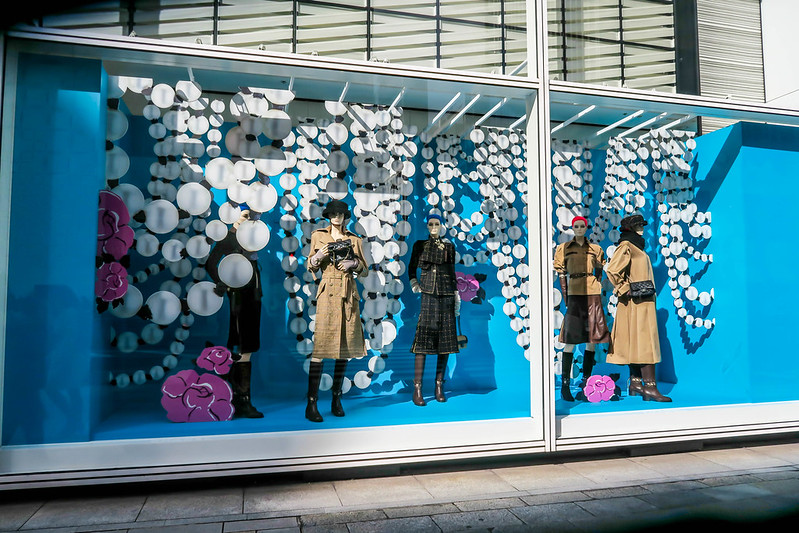
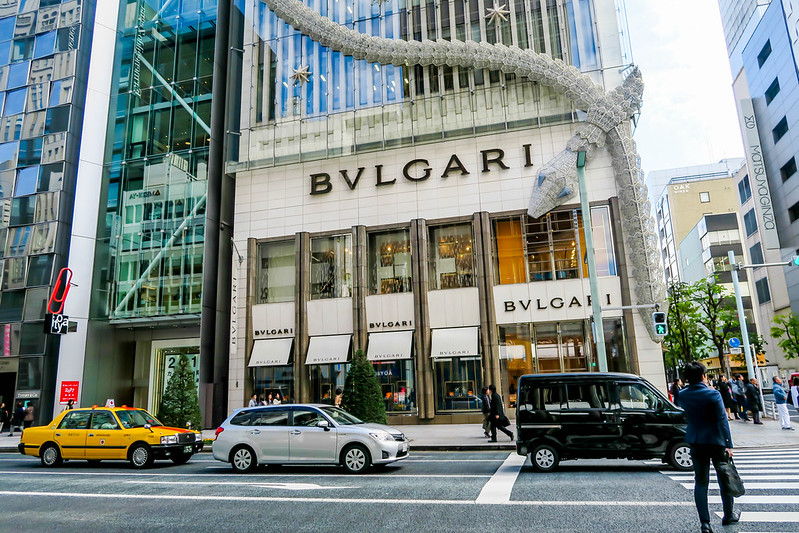
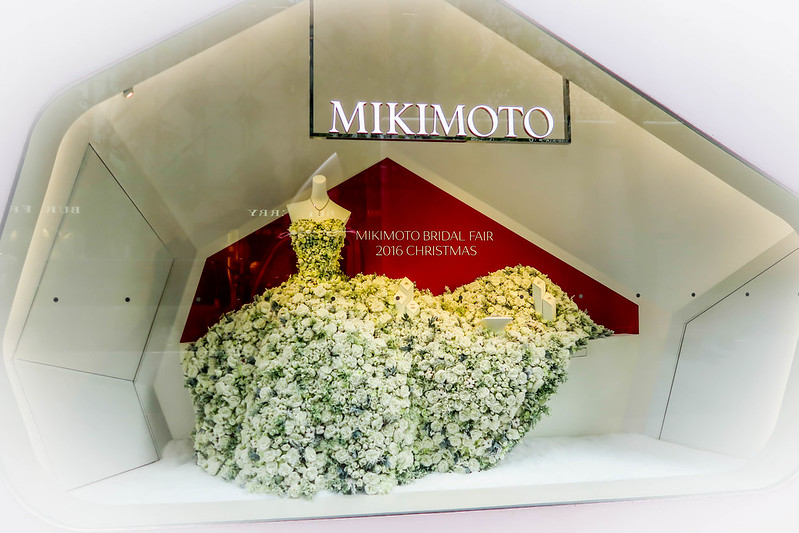
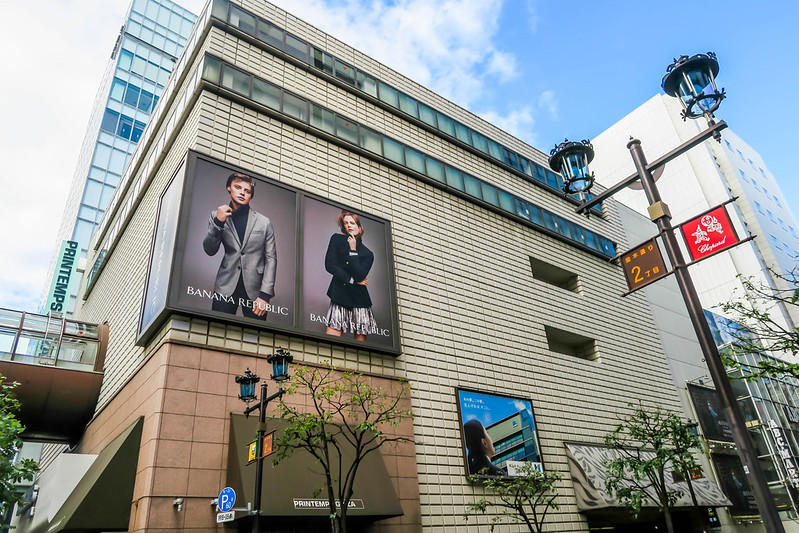
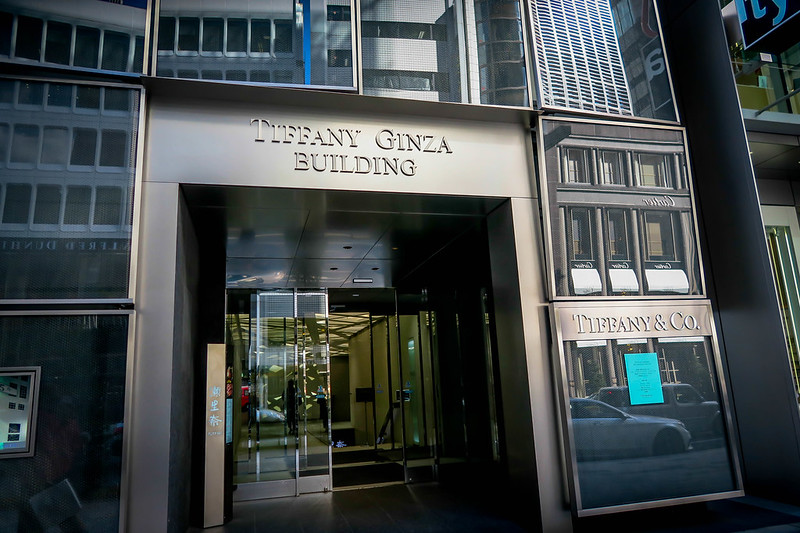
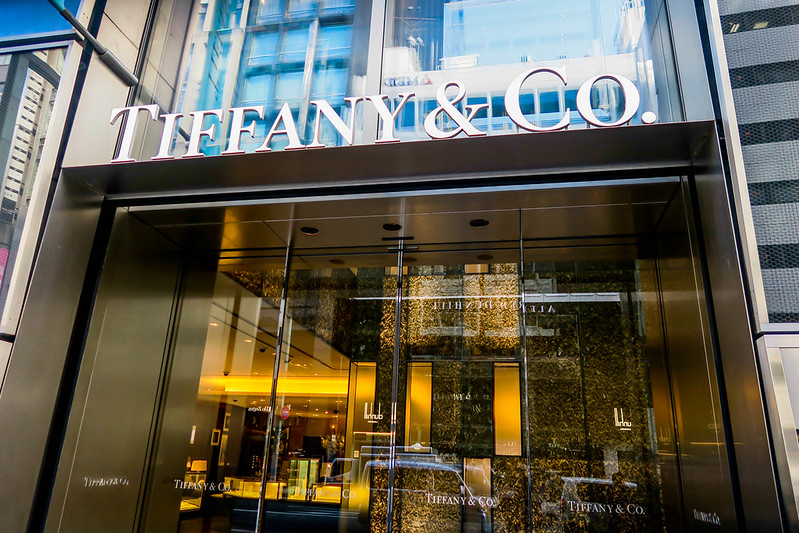
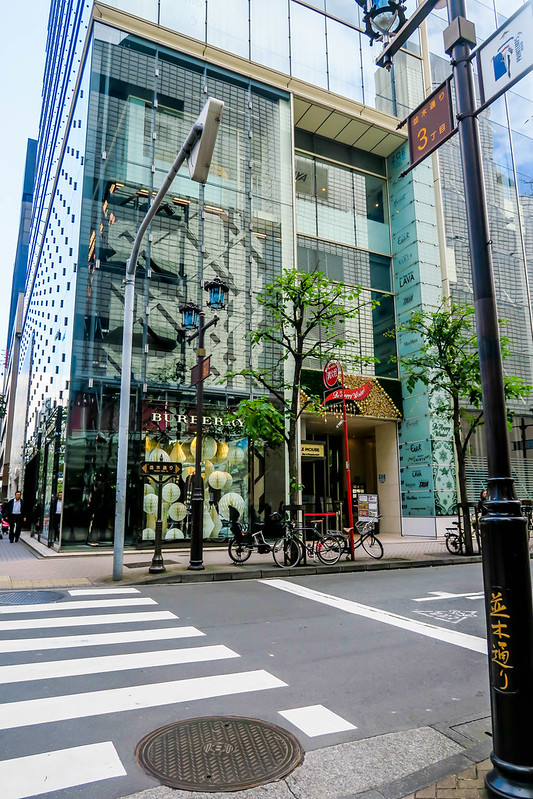
Like many areas of Japan, Ginza was built upon what was once a swamp area which was filled back in the 16th century.
The name of Ginza is derived from the establishment of the silver-coin mint back in 1612 during the Edo period.
But the district suffered from a great fire of 1872 and the Meiji government designated the area to be a “model of modernization” and fireproof brick buildings were built (especially European-style buildings). Also, streets that would connect to Shimbashi Station and the Tsukiji Fish Market.
But because of the modernization of the city, those who traveled to Ginza in the late 1800’s felt it was too modern and didn’t have traditional Japanese flair.
But the city would eventually flourish in the media-age as shopping and modern marketing techniques would make Ginza a popular shopping destination.
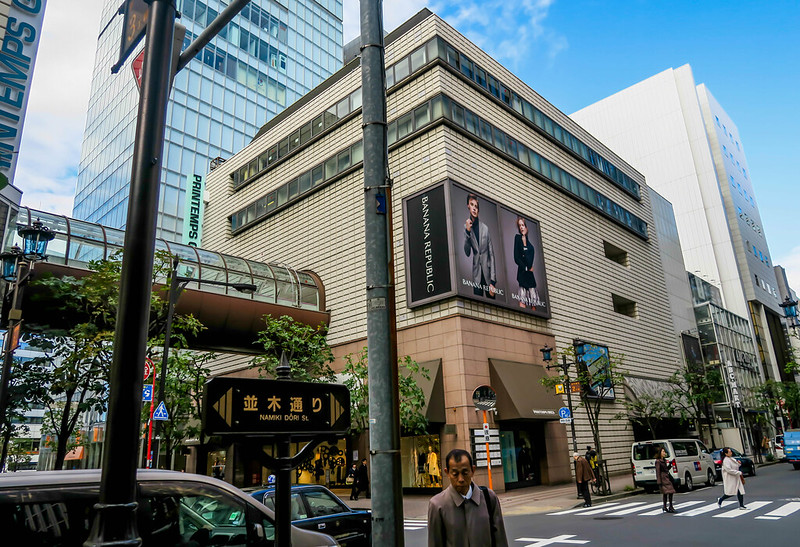

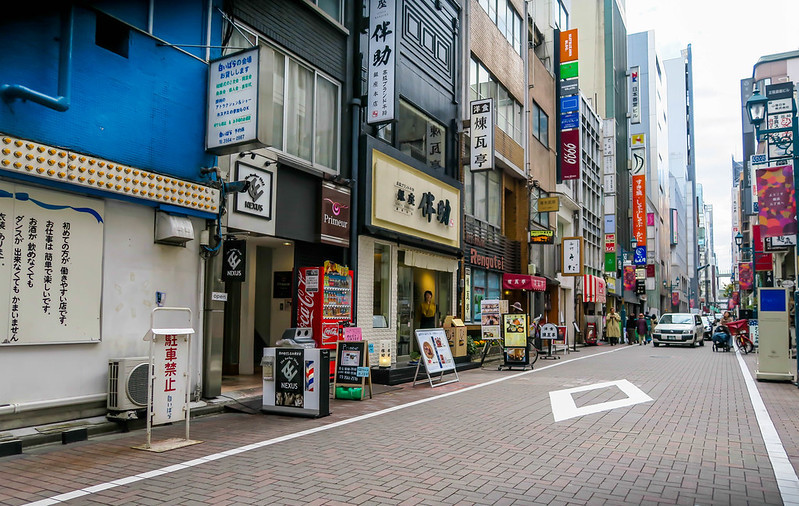



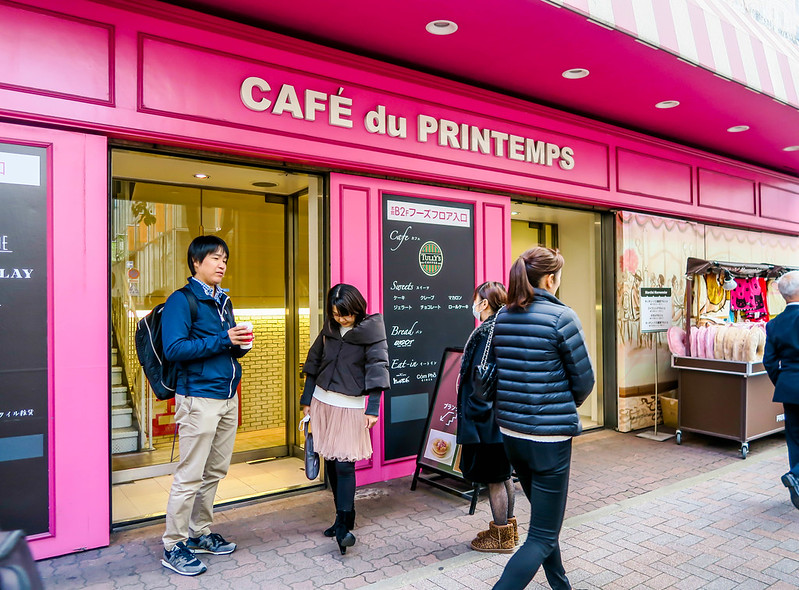
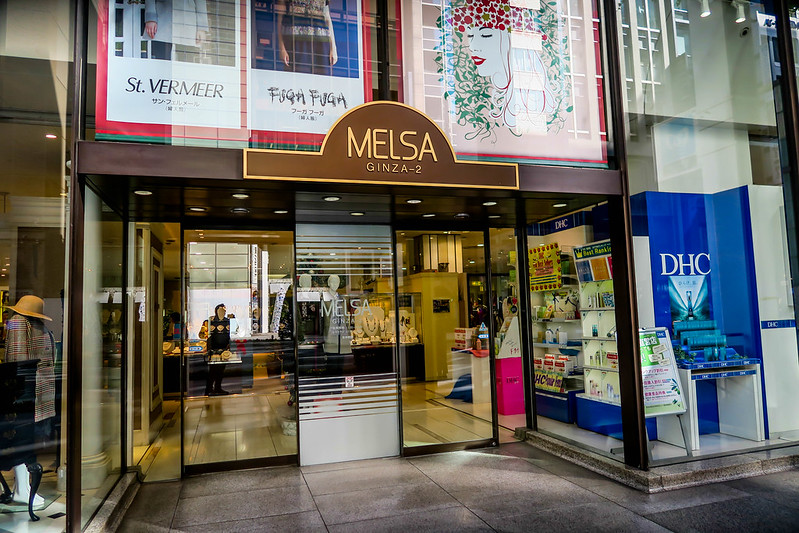
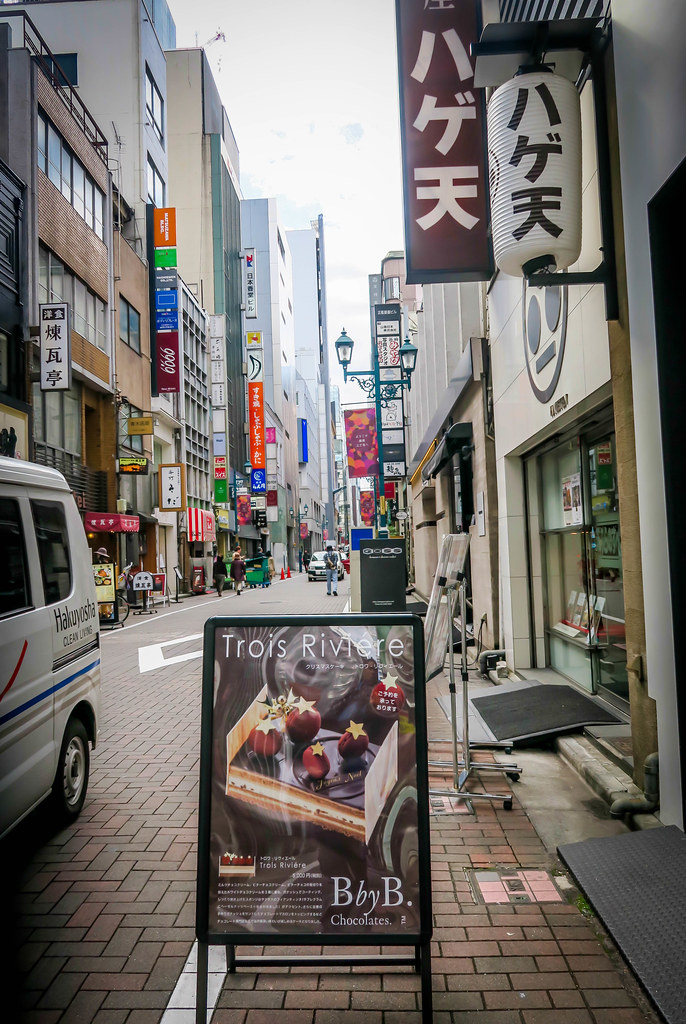
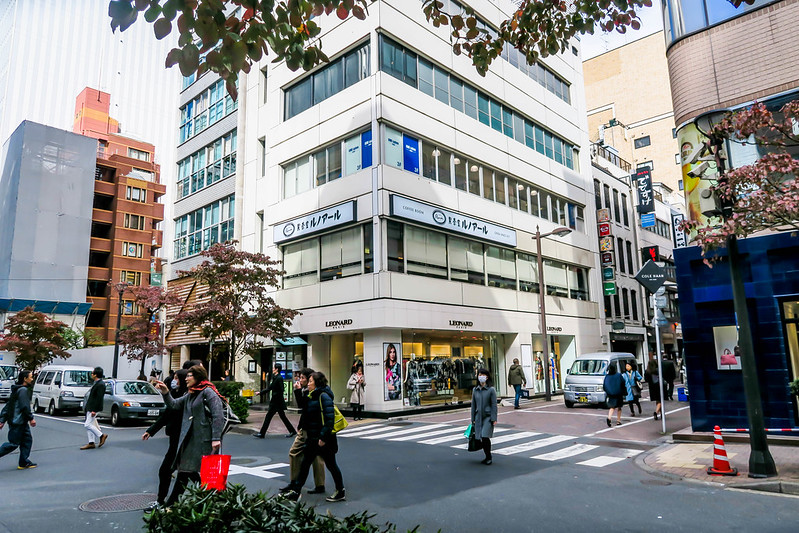
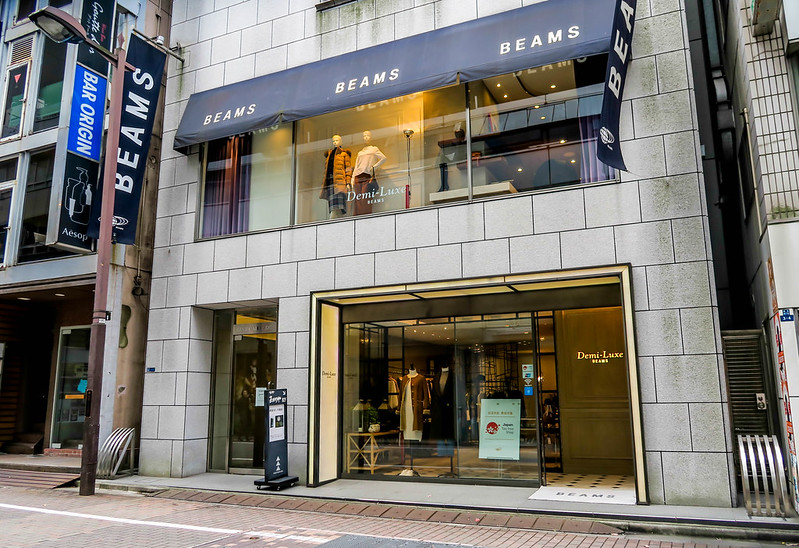
One thing that remains consistent, no matter how many times you visit Ginza is the major luxury branded buildings and not far from those buildings are traditional to modern restaurants. One of the older western-cuisine restaurants Rengatei is located not far from the Apple store.
But one thing that has changed is the Printemps Ginza Building (which opened back in 1984) which I visited one last time before its closure on December 31st as the contract with the Printemps had expired.
The building was once the host of the French department store, Printemps which was a collaboration with the Japanese supermarket chain Daiei Inc. and later by the Yomiuri Shimbun in 2002 (which took a 70% stake in the department store) and the other 30% by Isetan Mitsukoshi Holdings Ltd.
The building will be refurbish and reopen on March 15th as Marronnier Gate, a new commercial complex.
But Ginza is always a fascinating place to visit if you are interested in the luxurious side of Tokyo. Not often will you see people with Hermes or Louis Vuitton bags or shopping bags from the most expensive stores and then find them going into purchase cheaper food at the 7-Eleven. For some, the price of buying high end fashion, your dining expenses take a hit and you’ll get to see this kind of shopping behavior with a few people who shop in the area. While you will find affluent people in the area.
So, it’s often that when I interview people, especially when it comes to fashion, they will say they shop at Shimokitazawa, Shibuya, Harajuku, Omotesando/Aoyama but when I mention Ginza, they are quick to say no. Because it’s too expensive or the area is known for attracting those who seek luxury brands (and some say, targets an older demographic).
But if you want to see and experience the most ritzy shopping district in Tokyo, visit Ginza in Chuo ward.
